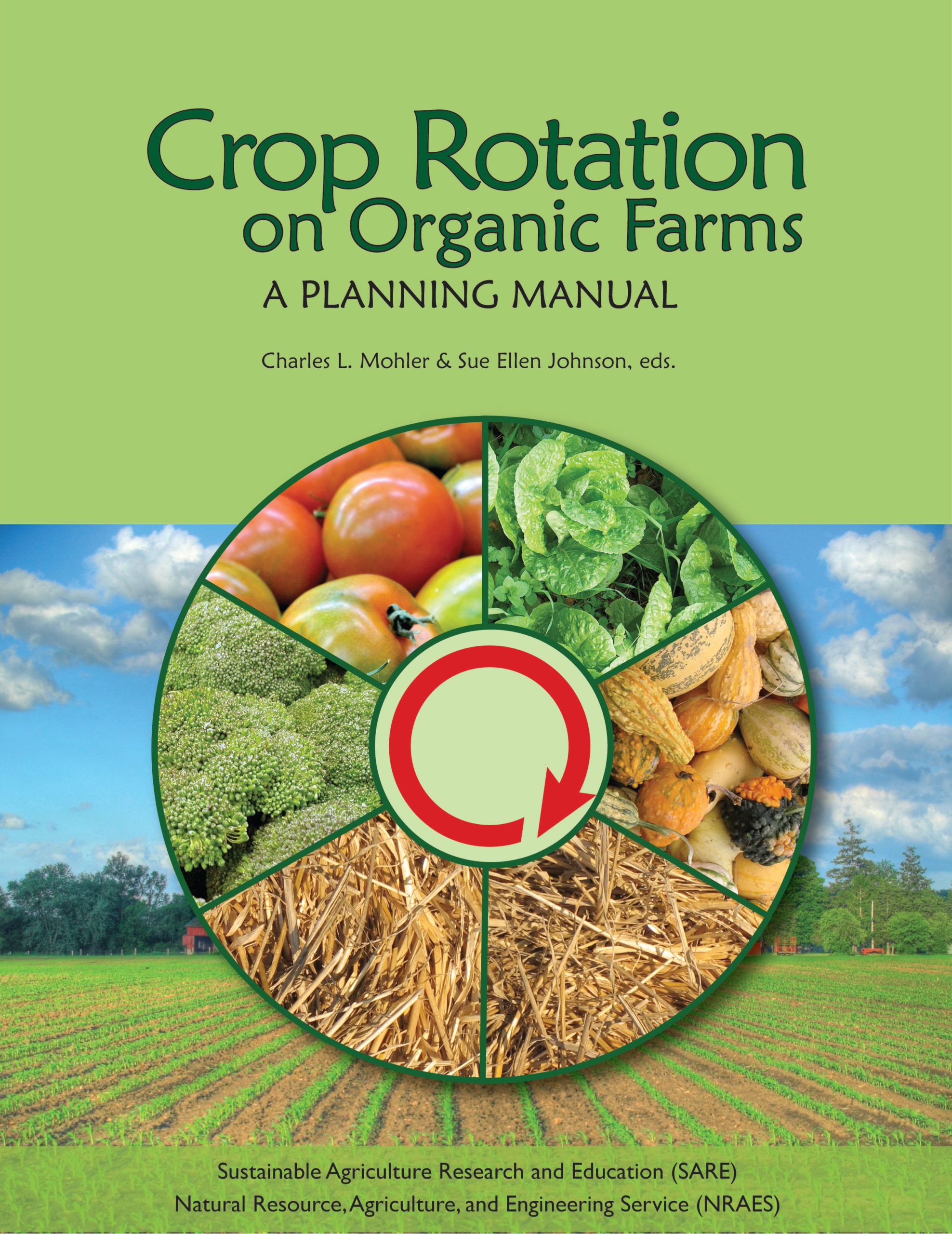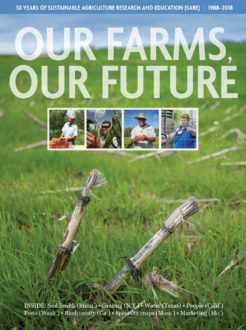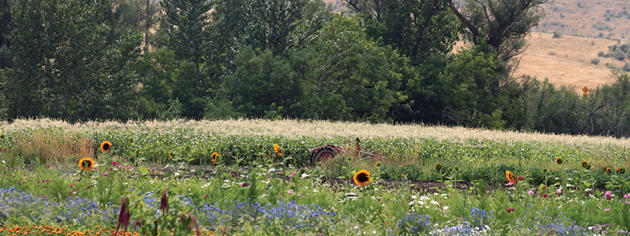From changing market forces to weather variability to the never-ending struggle with pests, farming is fraught with risk. To cope, farmers and ranchers need to be expert risk managers. What holds true in financial planning holds true in agriculture as well: Good risk management requires diversification.
Enhancing biodiversity on the farm is one of the best ways that producers can deal with risk. A biodiverse farm incorporates a wide variety of plant and animal species into production, thus spreading out risk and creating a resilient system that can remain profitable and productive despite unexpected shocks. For 30 years, SARE grantees have led the way by advancing the use of heirloom and native species, cover crops, long-term crop rotations, multi-species grazing and integrated crop/livestock systems.
Enhanced biodiversity on the farm also benefits honeybees and other pollinators, which provide an essential service to a vast segment of agriculture but face serious threats. For example, many SARE grantees are studying native pollinators and how diverse flowering plant species can support them and increase crop yield. (See the story, Producing Better Apples, and More of Them, With Native Bees.)
Even when producers are not dealing with risk, biodiversity provides many advantages: It often allows them to cut costs, improve productivity and bring intrinsic value to local communities through clean air and water, and the preservation of wildlife. For example, SARE-funded projects often address how a farm’s field margins are managed—areas that can protect water quality, bring recreational value to communities and provide habitat for pollinators, wildlife and beneficial insects.
Biodiversity above ground leads to biodiversity within the soil. Billions of organisms contribute to soil health and can play a vital role in cycling nutrients, storing water, controlling pests and boosting productivity.
By the Numbers - SARE Grants on Biodiversity, 1988–2017
Getting the Word Out

SARE produces dozens of educational resources on a range of sustainable agriculture topics. Grantees produce even more with SARE funding. Here are just a few examples that address biodiversity (or see all SARE resources on biodiversity):
Print: 16,401 | Online: 11,657
Print: 74,000 | Online: 14,619
Print: 7,223 | Online: 106,408
Print: 8,935 | Online: 59,089
“Print” is copies distributed since the date of publication. “Online” is combined downloads and unique page views over a recent six-year period.
Visit the database of project reports to explore SARE-funded research on these topics.
![]()
103 grants | $4.8 million
![]()
123 grants | $5.7 million
![]()
155 grants | $4.3 million
![]()
139 grants | $2.8 million
![]()
32 grants | $700,106
![]()
431 grants | $10.5 million
![]()
75 grants | $1.2 million
![]()
281 grants | $7.1 million
1,118 grants | $33.5 million
Because some projects address more than one topic, the total is adjusted to remove duplicates.

